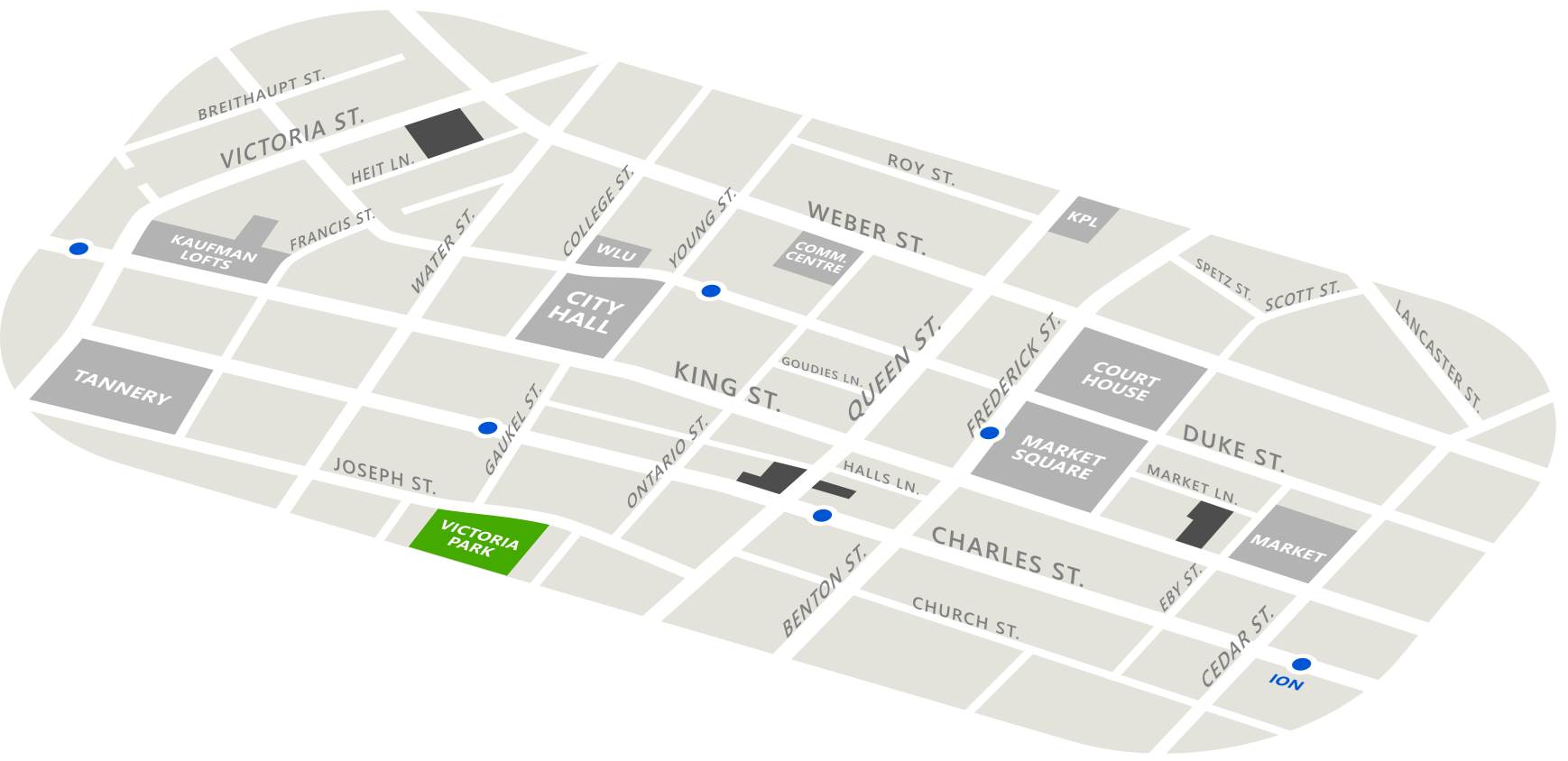By Michael Parkinson
Published June 1998
Take a moment before reading further and imagine yourself in a quiet office sitting behind your desk, a pen in one hand and a blank piece of paper in front of you. Absent mindedly playing with the coffee mug, you know you must make a recommendation on that proposed plan that came to your office for approval.
You eye the thick stack of expensive-looking documents supporting the Plan; you note that this Plan will cost you nothing up front; you expect no public opposition to this Plan, except for the usual couple of whiners; you are keenly aware that to reject this Plan could be quite embarrassing for your political masters and will no doubt lead to more questions than answers; you know that this Plan will be of tremendous benefit to certain moneyed interests in the broader development world. And after all, there it is: The Plan. What do you do?
The question is not hypothetical. In fact, it is a question that will certainly be on the summer agenda as Regional politicians and the bureaucrats who serve us consider a Plan from the Ministry of Transportation (MTO) to construct a brand new expressway between Kitchener and Guelph. With the Plan just released under the guise of an Environmental Assessment Report, the public and our representatives at the Region have until July 16 to let our views be known to the big wheels at the MTO.
But just what is this mysterious Plan all about? And what would you do if you were sitting behind that desk? It is, quite literally, a $90,000,000 question.
Very briefly, the Plan is to construct a new 4 lane expressway designed for 120 km/h just north of the existing Highway 7, between Kitchener and Guelph. To achieve this, the Ministry plans to spend $90,000,000 from the public purse to lay asphalt over forests, streams, Provincially Significant Wetlands, a heritage river, and agricultural land of the highest class known in Canada.
The Idea, according to Ministry wisdom, is to solve some perceived problem concerning congestion and its effect on the safety of drivers along Highway 7; the solution will see rush hour commuters get to their destination a few minutes quicker. So far, the Idea has met with approval from our local representatives who are likely happy to get something for nothing from the Province, even if it means having the local tax base absorb the operating expenses for two highways well into the 21st century.
However, not everyone in this community agrees with the Plan. George Bechtel, a long standing and well respected advocate of rail transportation, maintains that any long term sustainable plan would include improving the passenger rail link between Kitchener and Toronto. He wonders what kind of plan VIA Rail might come up with if they were offered a few million dollars to improve their service.
And through the Waterloo Public Interest Research Group (WPIRG), we have been quietly researching and analyzing the Ministry’s plans by conducting surveys of businesses and residents in the affected Kitchener neighborhoods, having volunteers count and observe the traffic flow along the existing Highway 7, holding public meetings when the Ministry refused to do so, looking at the technical data and so on.
To date, we can conclude that: the traffic counts provided by the Ministry as proof of a current congestion problem are significantly overstated and arguments about future traffic growth remain unsubstantiated and unrealistic; the surveyed residents living in the Wellington Street neighborhood feel strongly that the expressway will have a negative impact on their quality of life; 80% of the businesses along the Victoria Street portion of Highway 7 do not support the project and 69% of those surveyed fear negative impacts on their operations. Furthermore, we doubt that a new expressway will make any strides towards preserving or improving the natural environment nor will a new expressway address issues of equity in providing a transportation network accessible to all citizens.
In short, the evidence strongly suggests that the transportation problem is an illusion and that the Ministry solution to this perceived problem is the same flawed band aid as that proposed over 30 years ago when decision makers were advocating the immediate construction of a new expressway. We’ve come a long way since then and we can do, as other communities have done, better transportation planning with far less money and a lot less impact in our community.
When the time comes to make a decision about the expressway, what will you do? It is the $90,000,000 question.
